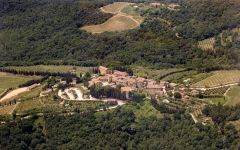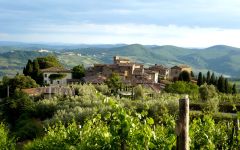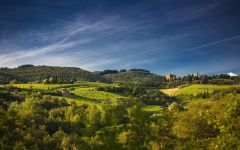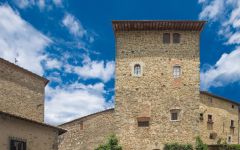Castello di Volpaia Coltassala Chianti Classico Gran Selezione 2015
-
James
Suckling - Decanter
-
Robert
Parker -
Wine
Spectator
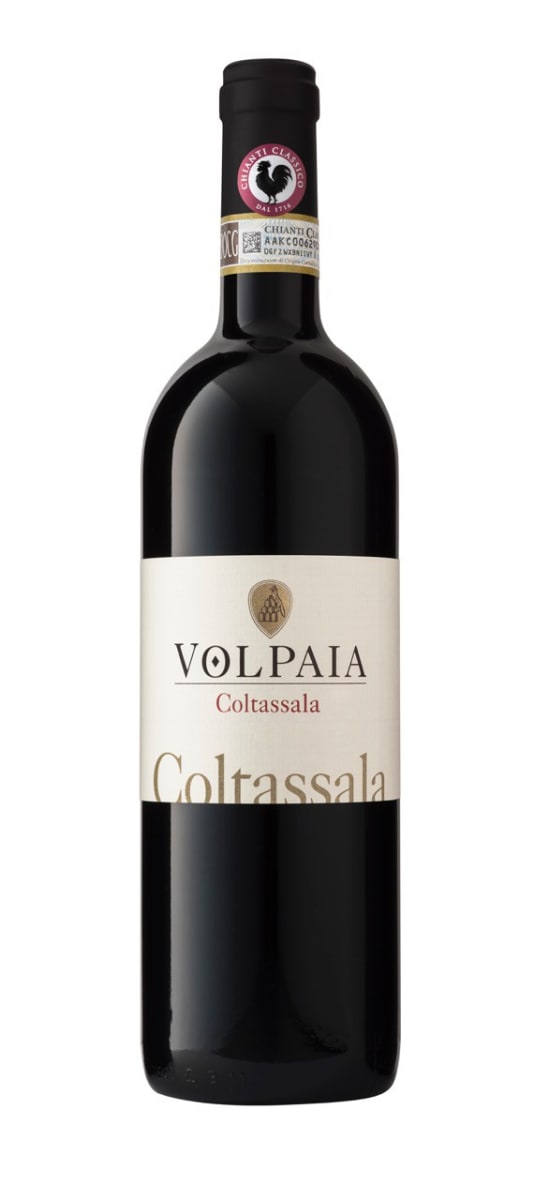


Product Details
Your Rating
Somm Note
Winemaker Notes
The Coltassala has a vivid ruby color. This is a well-structured,
complex wine with an elegant nose and hints of vanilla, cacao
and fruit. Blend: 95% Sangiovese, 5% Mammolo.
Professional Ratings
-
James Suckling
A decadent nose of vanilla, brambleberries, resin, coffee beans, tobacco and hot stones with a touch of citrus and other fresher elements. Full-bodied and very intense on the palate, but the ripe tannins also show plenty of firmness. The bright acidity carries this through to a delightfully long finish. From organically grown grapes.
-
Decanter
Coltassala is a 3.5ha single vineyard at 520 metres above sea level. It was originally co-planted with Sangiovese and Mamolo at the end of the 1960s, and though it was first produced in 1980, this is its first year as a Gran Selezione; a fine example of what this category should be. It is still very youthful, with wood spice and vanilla giving way to cherry, black plum, tea, lavender and herbs. Chewy but sophisticated tannins coat the mouth, while succulent acidity brings all the elements into beautiful balance.
-
Robert Parker's Wine Advocate
This wine has now been upgraded from Riserva to Gran Selezione status. The 2015 Chianti Classico Gran Selezione Coltassala is a beautifully enriched wine that bursts open with a satisfying display of bold fruit, ripe blackberry, tobacco, spice and tar. There is ample muscle and brawn, but the wine shows impressive balance thanks to its soft textural richness and full-bodied approach. The blend is 95% Sangiovese and 5% Mammolo. This is a real beauty that pairs a hot vintage with one of the coolest, high-altitude subzones (Radda in Chianti) in this celebrated appellation. I'm sure this is the best wines I have ever tasted from Castello di Volpaia
-
Wine Spectator
A stunning red from start to finish, alluring for the cherry, plum, cedar, tobacco and mineral aromas and flavors. There is grip too, along with bright acidity, ending in a long, resonant aftertaste. Really complex and balanced
Other Vintages
2019-
Wine
Spectator -
James
Suckling
-
James
Suckling -
Wine
Spectator -
Wine
Enthusiast
-
James
Suckling -
Robert
Parker - Vinous
-
Wine
Enthusiast
-
James
Suckling -
Wine
Spectator -
Robert
Parker -
Wine &
Spirits -
Wine
Enthusiast

Among Italy's elite red grape varieties, Sangiovese has the perfect intersection of bright red fruit and savory earthiness and is responsible for the best red wines of Tuscany. While it is best known as the chief component of Chianti, it is also the main grape in Vino Nobile di Montepulciano and reaches the height of its power and intensity in the complex, long-lived Brunello di Montalcino. Somm Secret—Sangiovese doubles under the alias, Nielluccio, on the French island of Corsica where it produces distinctly floral and refreshing reds and rosés.

One of the first wine regions anywhere to be officially recognized and delimited, Chianti Classico is today what was originally defined simply as Chianti. Already identified by the early 18th century as a superior zone, the official name of Chianti was proclaimed upon the area surrounding the townships of Castellina, Radda and Gaiole, just north of Siena, by Cosimo III, Grand Duke of Tuscany in an official decree in 1716.
However, by the 1930s the Italian government had appended this historic zone with additonal land in order to capitalize on the Chianti name. It wasn’t until 1996 that Chianti Classico became autonomous once again when the government granted a separate DOCG (Denominazione di Origine Controllata e Garantita) to its borders. Ever since, Chianti Classico considers itself no longer a subzone of Chianti.
Many Classicos are today made of 100% Sangiovese but can include up to 20% of other approved varieties grown within the Classico borders. The best Classicos will have a bright acidity, supple tannins and be full-bodied with plenty of ripe fruit (plums, black cherry, blackberry). Also common among the best Classicos are expressive notes of cedar, dried herbs, fennel, balsamic or tobacco.

